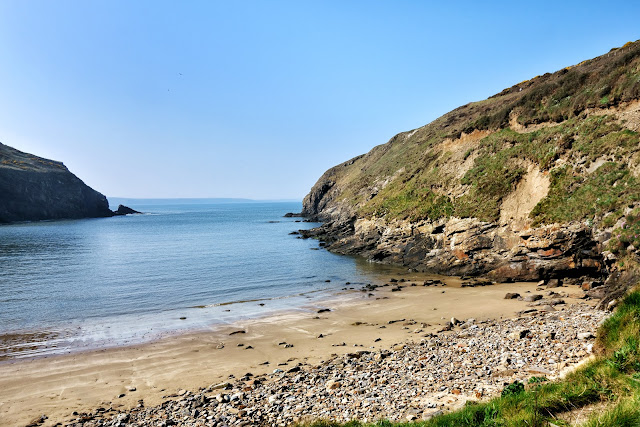What about a try at Glamping? Well, it sounded fun so why not give it a try? So off to the heart of Sussex, and here are a few images of the first couple of days.
Our Bluebell Shepherds Hut on the Wapsbourne Manor Farm campsite (Wowo for short) in Sheffield Park, Uckfield - the heart of Sussex. Near enough to Winnie the Pooh country, which was the main reason for visiting this part of the country, and also to enjoy other parts of the Ashdown forest.
Some views of the interior of our Shepherds Hus, cramped, but on a lovely site. The site was quite empty while we were there, but could cater for a large number of people with facilities for workshops and concerts etc.
There were all sorts of vans to hire, this being one of the many dotted around the site.
Site of A A Milne memorial
We followed one particular walk in the Ashdown Forest to see some of the places associated with Winnie the Pooh, but were a bit disappointed as they were very overgrown. However, we did find the memorial plaque for A.A. Milne and E.H. Shepard, the author and illustrator (respectively) of the world-famous Winnie-the-pooh books. The memorial is placed on Gills Lap in the Forest. The Ashdown Forest inspired much of the Winnie-the-pooh world. A lot of the geography and place names in the books are taken from the Ashdown Forest. For example, Gills Lap in the book is is called "Galleons Lap, the Enchanted Place at the very top of the forest".
The plaque reads:
"and by they came to an enchanted place on the very top of the Forest called Galleons Lap"
HERE AT GILLS LAP ARE COMMEMORATED A.A.MILNE 1882-1956
AND E.H.SHEPARD 1879-1976
WHO COLLABORATED IN THE CREATION OF "WINNIE-THE-POOH"
AND SO CAPTURED THE MAGIC OF ASHDOWN FOREST AND GAVE IT TO THE WORLD
Looking up through the trees
The Folly Bridge in Chelwood Vachery
Chelwood Vachery is an early-20th-century garden, laid out in 1906 by Leonard Rome Guthrie as the setting for a mansion by architect William It has a series of terraces descending to a water garden and surrounding arboretum with rhododendron walks. Further water features comprising a spring-fed gorge with waterfalls and a chain of lakes were constructed in the woodland from 1925 by the landscaper Gavin Jones. This was an area we chose for one of our walks.
Another view of the Folly Bridge
Swirls in the water
Part of the spring-fed gorge with waterfalls. Not at its best when we were there, but nevertheless, a pleasant walk.
Nutley Post mill - A wind powered corn mill
A small post mill located on the edge of Ashdown Forest, Nutley Mill was restored by a band of skilled volunteers between 1968 and 1972 and has since been maintained in full working order by the Uckfield & District Preservation Society. The mill is one of five remaining open-trestle post mills in the country. The centre post of the mill has been dated by dendrochronology (tree-ring dating). It was shown to have begun life as an acorn in 1410 and was eventually felled in the mid-16th century.
The mill is clad with brown weatherboarding and a simple tailpole and talthur are employed to turn the mill body into wind. One pair of sails (known in Sussex as 'sweeps') are of the spring-shuttered type and the other pair are common sails, manually spread with canvas. In operation, each sail must be stopped at its lowest point to allow the shutter tension to be adjusted or the canvas to be spread across the sail frame. The sails are mounted on stocks at the head of a cast-iron windshaft which carries both head and tail wheels. Both wheels are of the wooden clasp-arm type. The millstones at the rear (tail) of the mill are of Derbyshire Peak and the headstones are of French Burr. A flour dressing machine, also on the millstone floor, is driven via a layshaft by the tail wheel.
There is a storm brewing! And it sure did rain for a while.
Trees and flowers on Broadway Amble - the official name for our walk on another day.
























































